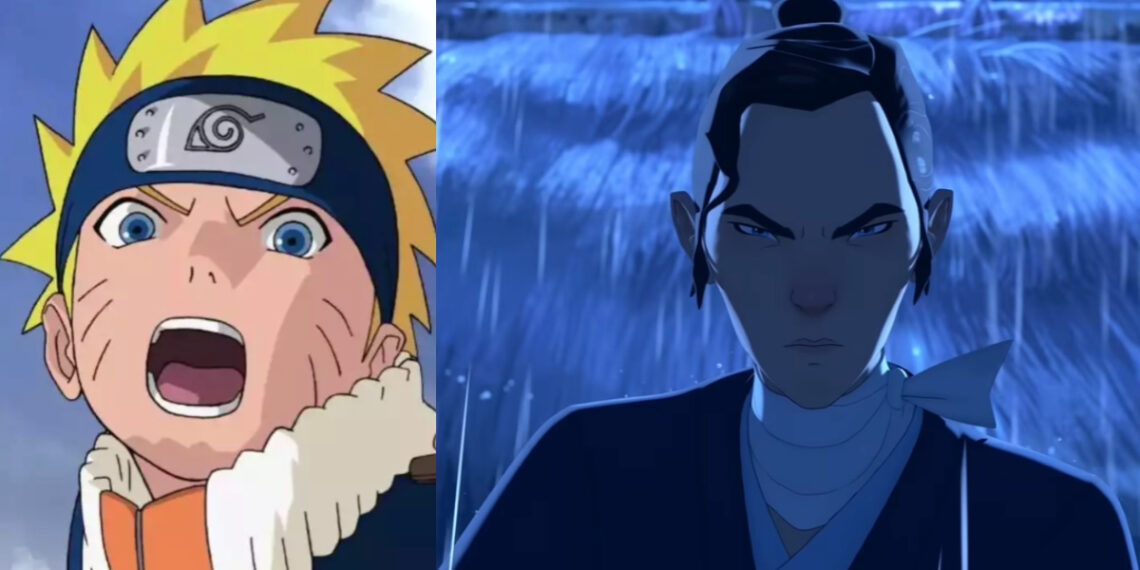The sensational new animated web series Blue Eye Samurai has quickly amassed legions of devoted fans across the globe. Set in 17th-century Japan, this gripping tale follows a fierce young female samurai named Mizu as she embarks on a quest for revenge after tragedy strikes.
Known for her distinctive blue eye, Mizu cuts a solitary figure as she travels the countryside, her trusty katana at her side. Along the way, she becomes embroiled in bloody clashes with ruthless warlords, cunning ninjas, and corrupt officials.
While packed with dark, intense action sequences, Blue Eye Samurai also shines in its emotional storytelling. Mizu must grapple with loss and betrayal while maintaining her resolve for vengeance. These complex themes resonate strongly with viewers.

In just a few short weeks since its release, the series has developed a cult following online, with fans praising the dazzling animation, strong heroine, and modern twists on classic samurai tropes.
Eagle-eyed viewers noticed a subtle tribute to the classic anime Naruto hidden in the first action-packed episode.
During an early battle, Mizu removes weights from her body to increase her speed and agility, much like Naruto’s character Rock Lee.
This reverent reference delighted fans, forging another link between Blue Eye Samurai and venerable anime tradition. As Mizu continues on her lonely path of retribution, this rising Netflix hit promises to honor samurai storytelling while breaking fresh narrative ground.
Blue Eye Samurai’s Homage to Rock Lee
The premier episode of Netflix’s smash-hit animated series Blue Eye Samurai contains a clever homage to the classic anime Naruto that delighted eagle-eyed fans.
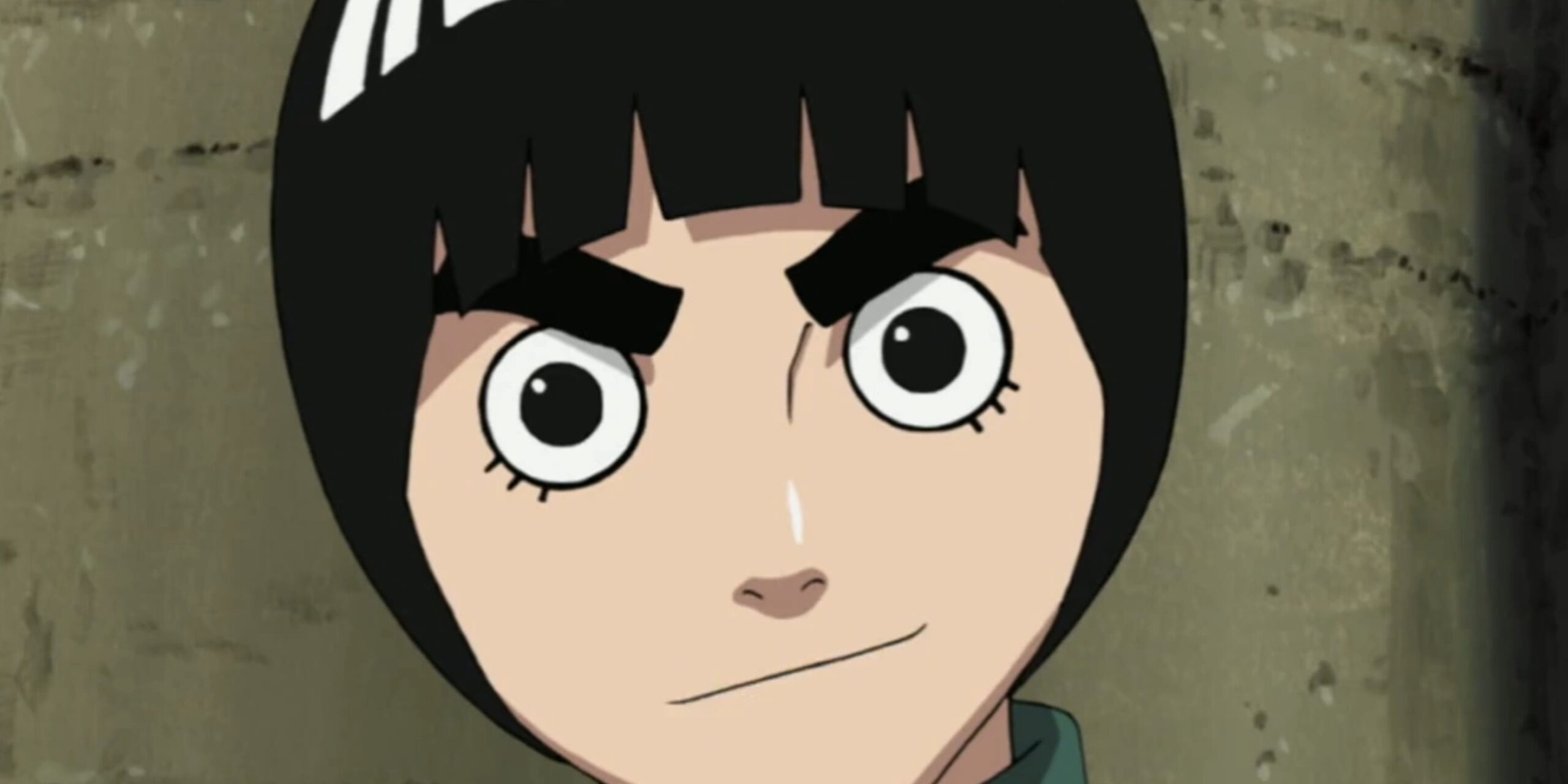
During an intense one-on-one duel, the fierce heroine Mizu suddenly discards the heavyweight. She had been wearing under her kimono, granting her heightened speed and agility to defeat her opponent.
This mirrors a memorable scene from Naruto when the energetic ninja Rock Lee removes ankle weights during a crucial battle, unlocking his true taijutsu potential against a formidable foe.
Longtime anime enthusiasts quickly picked up on this reverent reference to Naruto lore. In the original scene, Rock Lee seeks permission from his master Might Guy before removing his weights and unleashing his Blinding Speed technique, taking his opponent Gaara by surprise.
Blue Eye Samurai’s Nod to Naruto
The choreography and movement in Mizu’s fight sequence closely hews to this iconic battle, though with a fresh samurai twist.
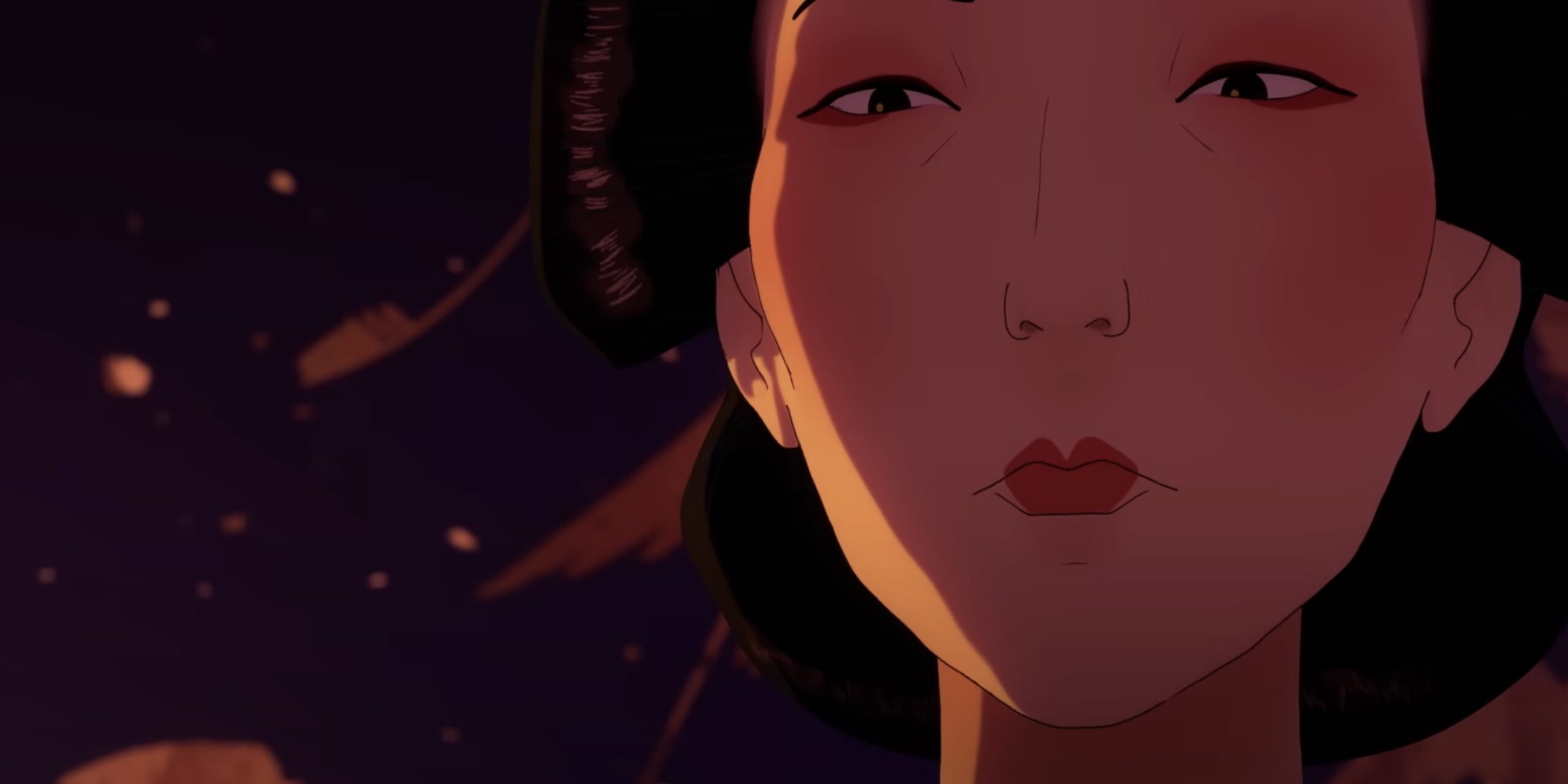
Beyond a surface similarity, underlying themes also connect the two weight-removing reveals as part of the characters’ heroic journeys to push past perceived limitations by any means necessary.
This clever use of intertextuality is just one reason why Blue Eye Samurai has so quickly cultivated an ardent fanbase.
By organically weaving in an homage to one of anime’s most legendary fight scenes, the show cements its own growing status while signaling more excitement yet to come in Mizu’s quest for vengeance.
Savvy viewers will surely be watching closely for what other subtle tributes might be hidden throughout this stunning new animated epic.
Intertextual Themes
Rock Lee’s decision to remove his ankle weights during his fight with Gaara in Naruto goes down as one of anime’s most shocking and triumphant reveals.
After being pummeled by Gaara’s sand, the taijutsu specialist looks doomed – until his sensei Might Guy gives the nod for Lee to unleash his true power.
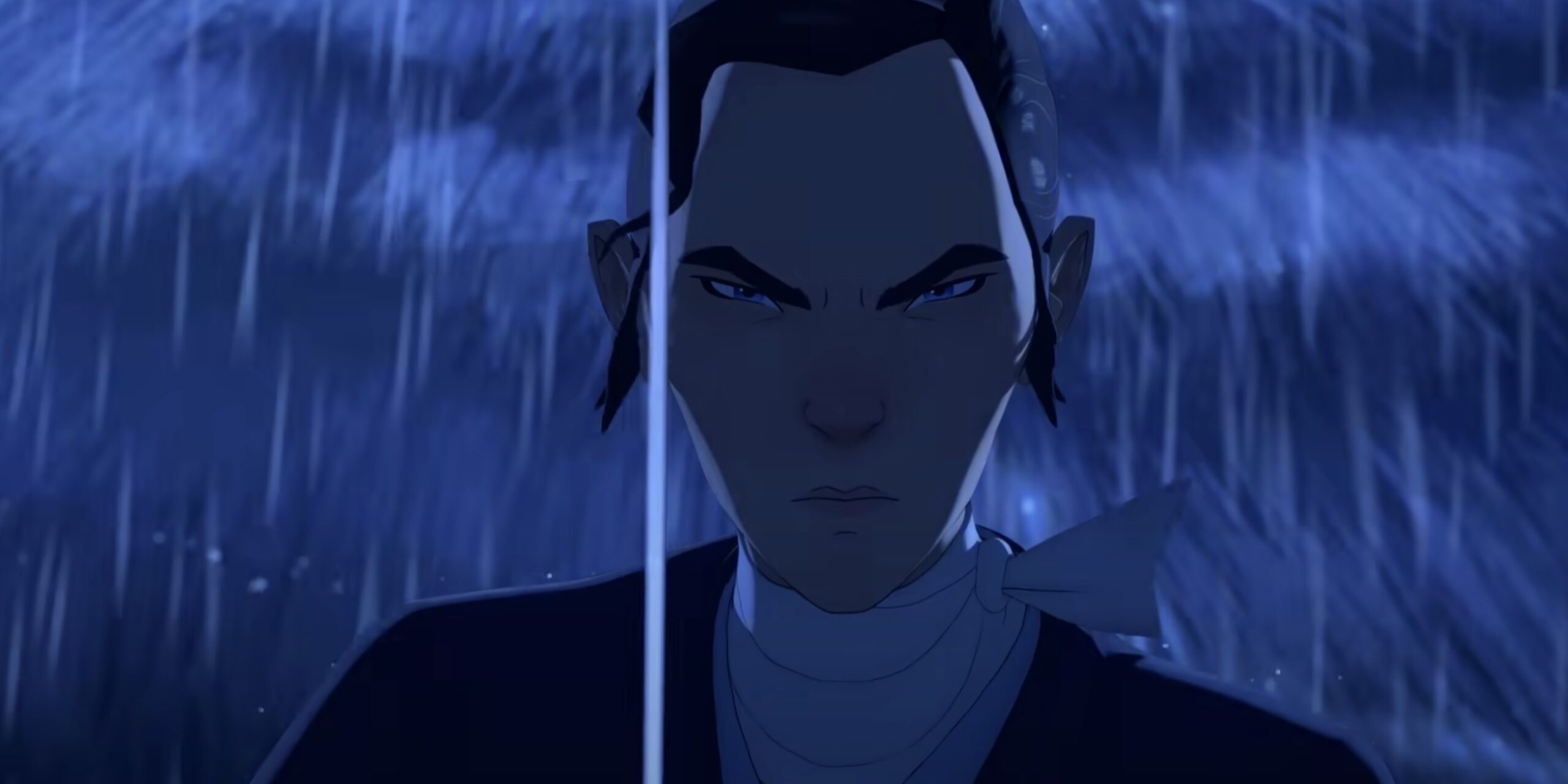
Discarding the heavy leg weights in an instant, Lee achieves a speed and mobility that astonishes both his opponent and the viewers.
This electric moment not only turns the tide of battle but also comes to define Rock Lee’s unrelenting work ethic and youthful energy.
Blue Eye Samurai’s Growing Status
Over 15 years later, the creator of Blue Eye Samurai pays homage to this iconic scene with his own weight-removing heroine, Mizu.
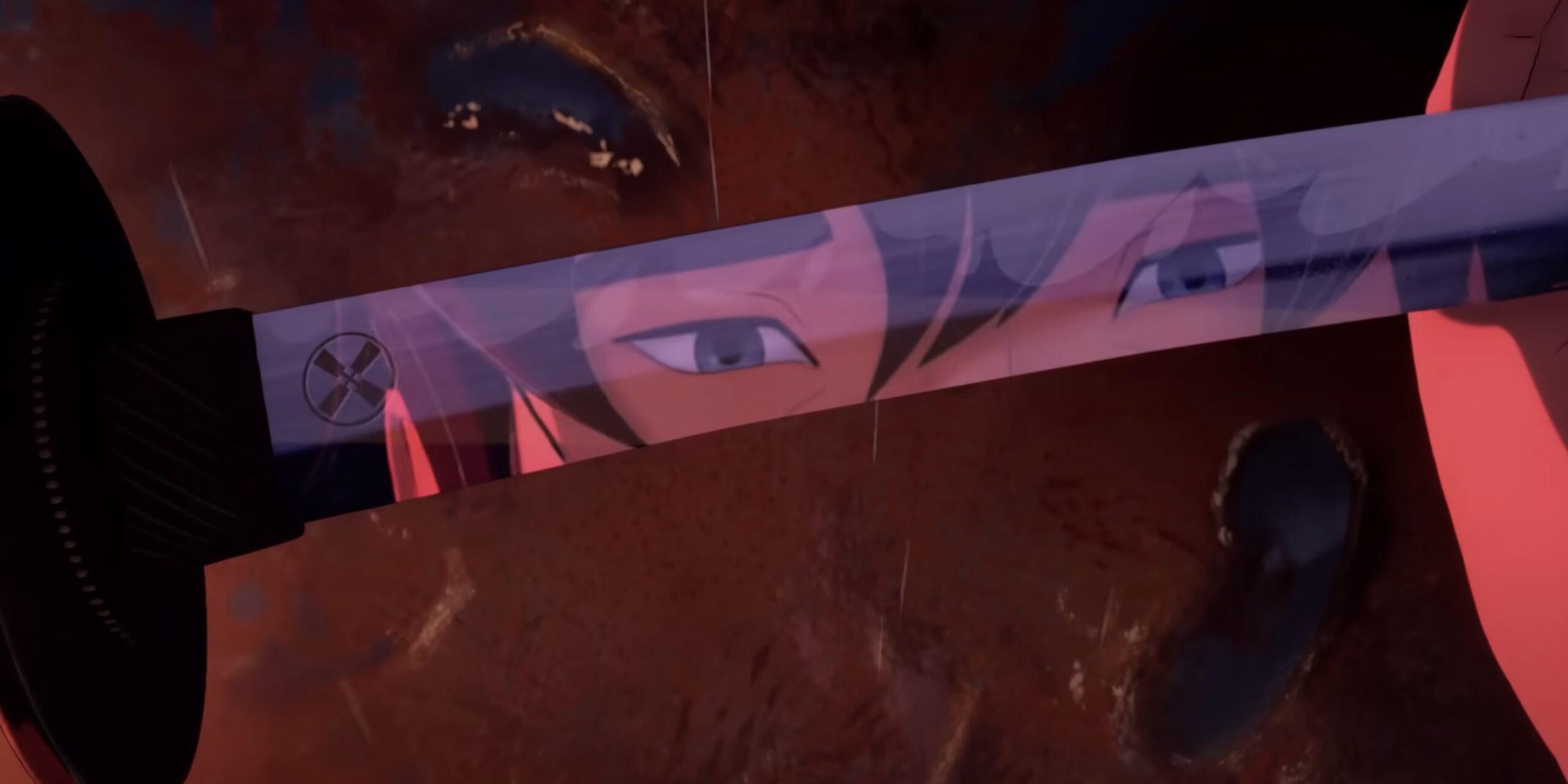
Like Lee, she unencumbers herself while battling a formidable foe, gaining the key edge she needs to prevail.
Beyond superficial similarities, both moments speak to the characters pushing themselves to their limits and beyond in their quests to defeat seemingly unbeatable enemies.
For longtime Naruto fans, spotting this reverence for such a landmark battle brought delight. By weaving in this clever reference, Blue Eye Samurai connects itself to the legacy of the anime greats.
At the same time, it allows Lee’s legend to live on by introducing his influence to a new generation of viewers.
As Mizu continues her bloody path of vengeance, one imagines more subtle tributes may arise to link these two warrior spirits across the years. Their weights shed, but their wills were forever unrelenting.

